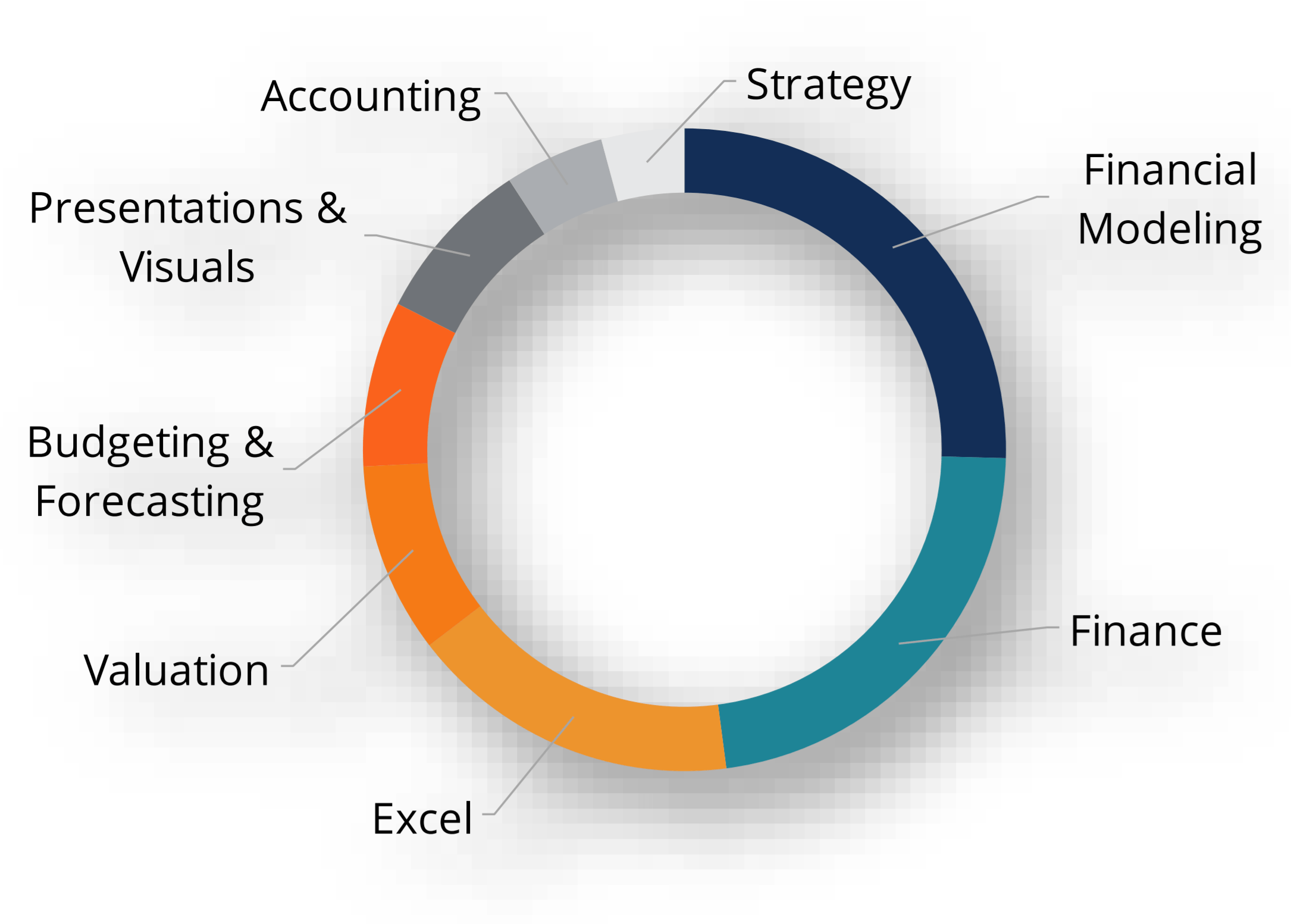Perpetual Inventory System
Tracking inventory after every, or almost every, major purchase
What is the Perpetual Inventory System?
The perpetual inventory system involves tracking and updating inventory records after every transaction of goods received or sold through the use of technology. In perpetual inventory systems, a sale of a stock item increases the cost of goods sold (COGS) and also is updated in accounting records to ensure that the number of goods in a store or in storage is accurately reflected in the inventory account.

The perpetual inventory system is a more robust system than the periodic inventory system, which is where a company undertakes regular audits of stock to update inventory information. These audits include regular physical inventory counts on a scheduled and periodic basis. The major difference between perpetual and periodic inventory systems is that the former has a system that updates inventory information in real time, while the latter uses a more manual process.
Increased Usage of a Perpetual Inventory System
Perpetual inventory systems in the past were not widely used, as it was difficult to record and process large amounts of data quickly and accurately.
In recent years, however, the technology capability has increased and has improved business and accounting practices, inventory tracking systems can now be managed through the use of computers and scanners, perpetual inventory tracking has become less burdensome.
Perpetual vs. Periodic Inventory Systems
Most small and medium-sized companies use the periodic inventory system, which involves scheduled inventory audits throughout every year. In most cases, periodic inventory counts are conducted a few times per year or even at the end of every month.
The primary issue that companies face under the periodic inventory system is the fact that inventory information is not up to date and may be unreliable. This means that managers don’t have accurate demand forecasts or inventory levels to ensure that stockouts don’t occur.
Perpetual inventories are the solution to such an issue; giving accurate and updated information about inventory levels and COGS allows them to check on discrepancies in real time.
Related Readings
CFI offers the Financial Modeling & Valuation Analyst (FMVA)® certification program for those looking to take their careers to the next level. To keep learning and advancing your career, the following CFI resources will be helpful:
Analyst Certification FMVA® Program
Below is a break down of subject weightings in the FMVA® financial analyst program. As you can see there is a heavy focus on financial modeling, finance, Excel, business valuation, budgeting/forecasting, PowerPoint presentations, accounting and business strategy.
A well rounded financial analyst possesses all of the above skills!
Additional Questions & Answers
CFI is the global institution behind the financial modeling and valuation analyst FMVA® Designation. CFI is on a mission to enable anyone to be a great financial analyst and have a great career path. In order to help you advance your career, CFI has compiled many resources to assist you along the path.
In order to become a great financial analyst, here are some more questions and answers for you to discover:
- What is Financial Modeling?
- How Do You Build a DCF Model?
- What is Sensitivity Analysis?
- How Do You Value a Business?
